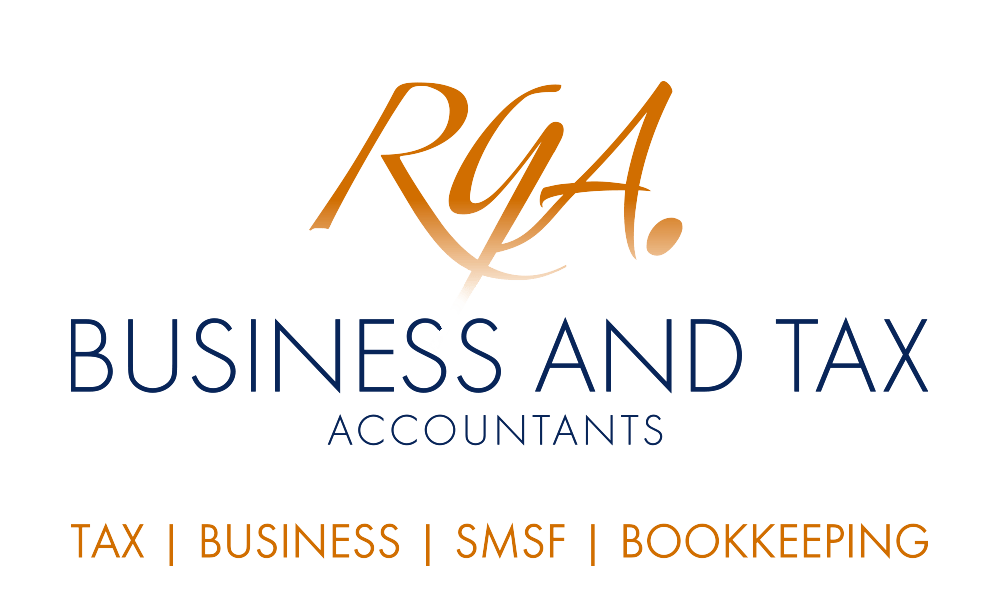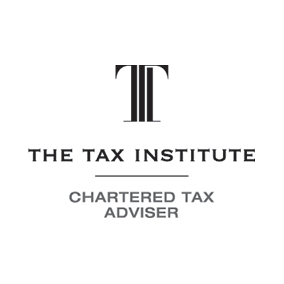Thinking about a gearing strategy for your SMSF? It's possible to borrow from a related party, but you must structure the loan terms correctly or else face significant tax penalties. Practically, this means there's a limit on the loan-to-value ratio (LVR) you can set up, plus other requirements for the interest rate and other key terms.
When planning a borrowing in your SMSF to buy an asset such as property or shares (known as a "limited recourse borrowing arrangement" or LRBA), you have a choice of borrowing from a commercial lender or a private party. This could even be a related party of the SMSF, such as the SMSF members or the members' family trust.
Bypassing the banks might seem like a convenient option, or a great way to draw on wealth you hold outside the SMSF to build your retirement savings. But you need to be aware that related-party LRBAs that don't reflect "arm's length" or commercial terms will create big tax headaches for the trustees.
What's the problem?
The "non-arm's length income" (NALI) rules essentially penalise uncommercial dealings by an SMSF that favour the fund. This tax penalty applies where the SMSF:
- enters into an arrangement where it does not deal with the other party at "arm's length"; and
- earns more income than it might have been expected to earn under an arm's length arrangement.
As a result, the income from the arrangement is taxed at a hefty penalty rate of 45%.
So how does this risk arise for LRBAs? In an audit situation, the ATO would first determine whether the SMSF's LRBA is on "arm's length" terms. For this purpose, the ATO would examine terms like the interest rate, the loan-to-value ratio (LVR) and the term of the loan. The ATO would compare these to the terms that would hypothetically exist under an arm's length (or commercial) arrangement.
If the terms aren't arm's length, the ATO would then consider whether the SMSF has earned more income than it would under an arm's length arrangement.
This is where the law becomes technical, but it's sufficient to say that at least some of the income from the arrangement will be taxed as NALI at 45% and in some cases, all of the income will be considered NALI. For an LRBA to buy property, the relevant income from the arrangement would be the rental income.
In short, if the terms of your related-party LRBA aren't what the ATO considers "arm's length", you're exposing your SMSF to a NALI risk and a potentially complex dispute with the ATO about exactly how much penalty tax you owe.
The safe harbour
Fortunately, the ATO has developed guidelines to provide some certainty. If your LRBA meets these, the ATO considers that the arrangement is on arm's length terms. There are different guidelines for property LRBAs and listed share LRBAs. For property (both residential and commercial), the terms must be as follows:
- Interest rate: benchmarked to a certain RBA indicator rate, which is 5.94% for 2019–2020. The rate can be either variable or fixed for up to five years.
- LVR: maximum of 70%.
- Term: maximum of 15 years.
- Repayments: principal and interest, payable monthly.
- Security: registered mortgage over the property.
There must also be a proper written loan agreement in place, and naturally the arrangement must also comply with all laws that apply to LRBAs.
If your arrangement doesn't meet the ATO's guidelines, it doesn't necessarily mean it's not on arm's length terms. However, you won't have certainty that the ATO will accept it. Instead, you would need to demonstrate, using documented evidence, that it reflects an arm's length dealing.
Explore gearing options
If you're interested in using an LRBA to help grow your super, contact us for expert advice. We can help you consider your lending options and ensure your LRBA is structured for compliance certainty.










